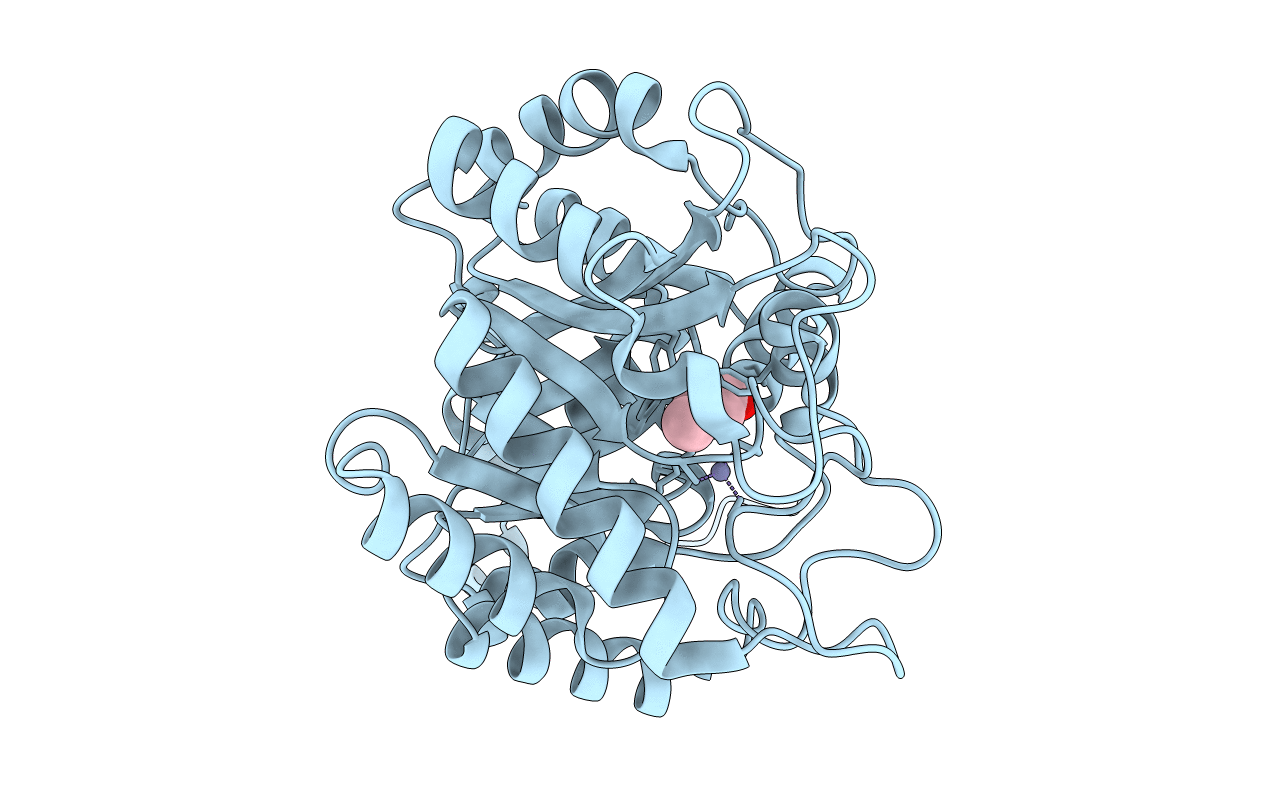
Deposition Date
2001-07-09
Release Date
2001-07-10
Last Version Date
2024-11-13
Entry Detail
PDB ID:
1H7N
Keywords:
Title:
SCHIFF-BASE COMPLEX OF YEAST 5-AMINOLAEVULINIC ACID DEHYDRATASE WITH LAEVULINIC ACID AT 1.6 A RESOLUTION
Biological Source:
Source Organism:
SACCHAROMYCES CEREVISIAE (Taxon ID: 4932)
Host Organism:
Method Details:
Experimental Method:
Resolution:
1.60 Å
R-Value Free:
0.26
R-Value Observed:
0.21
Space Group:
I 4 2 2


